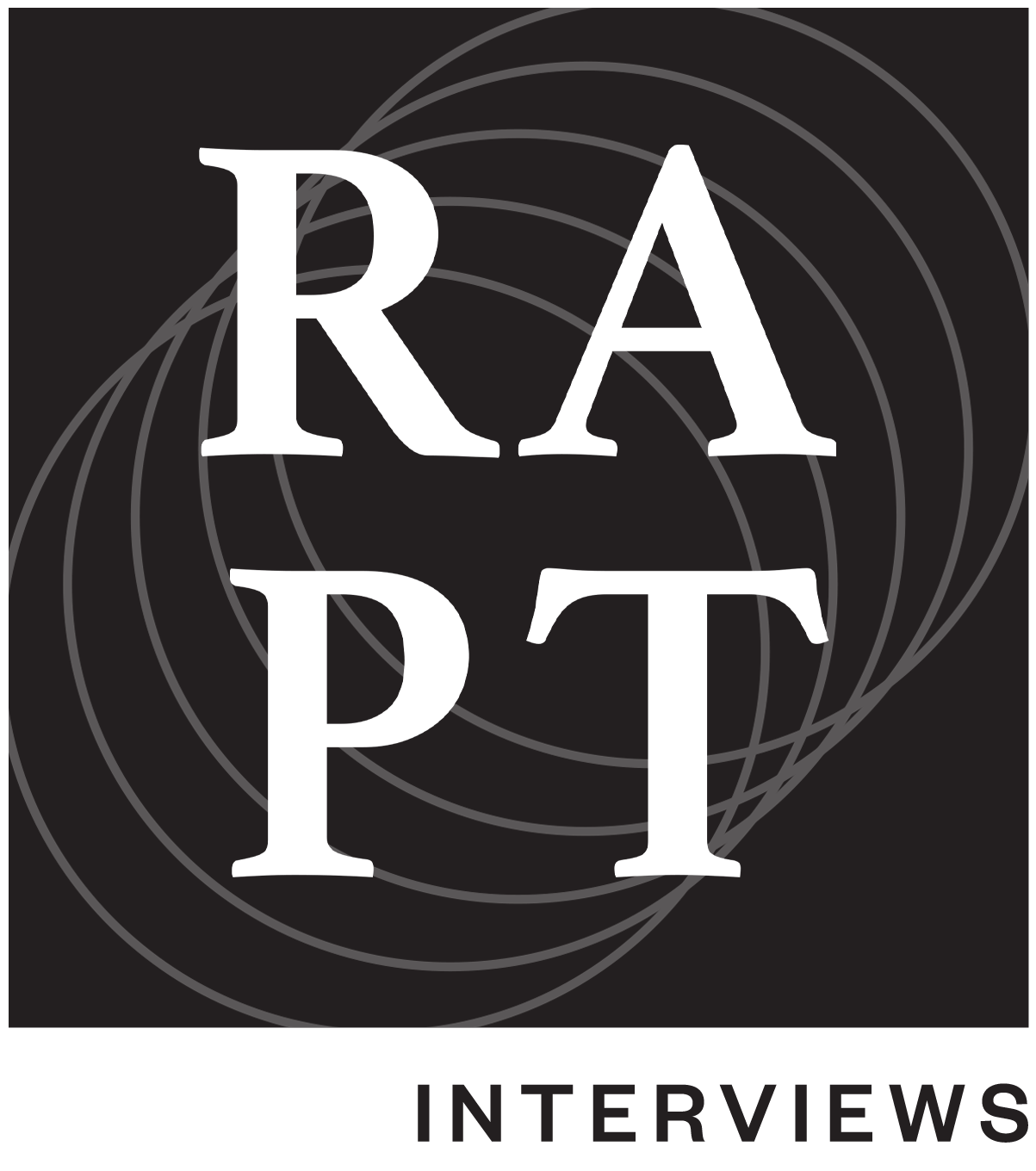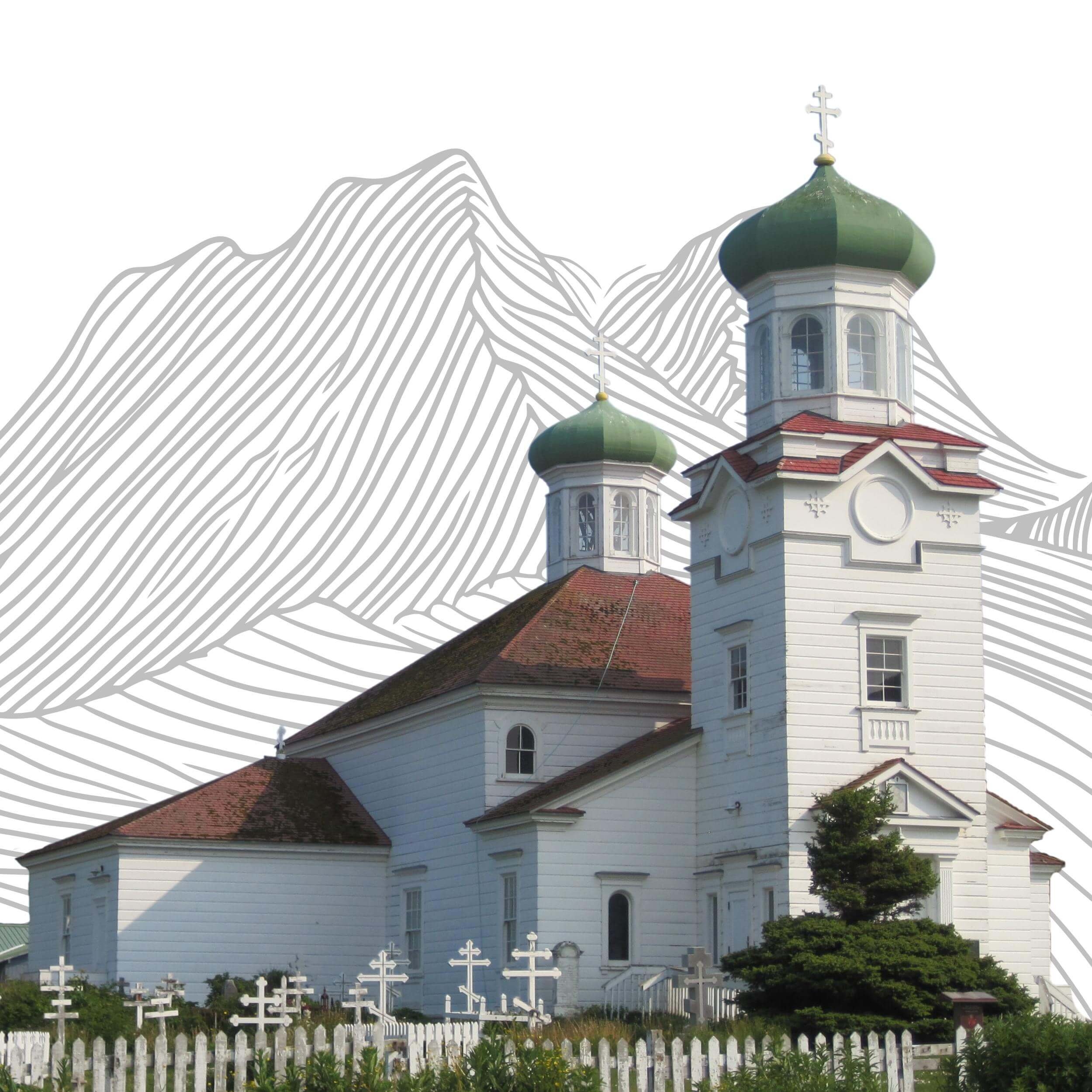‘Sacred Alaska’ Explores Native Culture And Faith
Jovan Tripkovic
4 min read ⭑
“Sacred Alaska” is an award-winning and visually stunning documentary about Native Alaskan culture and Orthodox spirituality. The documentary explores the profound influence of Orthodoxy brought by St. Herman and Russian monks in the late 18th century to Native Alaskan society.
“Sacred Alaska” highlights the unique fusion of Native Alaskan’s indigenous beliefs with Orthodox traditions. Powerful storytelling and beautiful cinematography show a sacred bond between Native Alaskans, their faith and the harsh, yet beautiful land they call home.
The documentary marks the first independent film project for the creative duo of director Simon Scionka and producer Silas Karbo. Scionka is an experienced documentary filmmaker, having filmed for over 20 years in over 40 countries. While not a seasoned producer, Karbo’s local experience in various remote areas of Alaska — including working with monastics on Spruce Island and commercial fishing in Bristol Bay — has made him an excellent storyteller.
Following almost three years of hard work, four trips to the U.S. state and countless hours of editing, “Sacred Alaska” had its world premiere at the International Orthodox Film Festival: Byzantfest, in Melbourne, Australia, last November.
The arrival of St. Herman and a group of nine monks on the shores of Kodiak Island on Sept. 24, 1794, planted the seed for the Orthodox Church in the region. The film documents their journey from the island monasteries in Valaam, Russia, across the vast wilderness of Siberia and the icy Bering Sea to the Aleutian Islands and to the Alaskan mainland.
Since their arrival, these missionaries had the central goal of “sanctifying the land” by spreading the Gospel and bringing the unity in love to Native Alaskans. In addition to being Christian missionaries, “Sacred Alaska” rightfully depicts these Russian monks as social justice warriors, fighting against the wrongful treatment of Native Alaskans by the Russian governor of Alaska, Alexander Baranov, and the criminal activities of the Russian-American company.
The Russian monks’ love for Native Alaskans and their good deeds are still remembered by locals. Within the collective of Native Alaskans, St. Herman is thought of as someone who was lively and had a sense of joy. While growing up, Native Alaskan elders have heard stories of St. Herman making cookies for children, who affectionately called him “small grandpa.”
The mission of St. Herman and the first monks to “sanctify the land” proved successful. Since their arrival, Alaska has been a spiritual cradle of Orthodox Christianity in North America. The reason for Alaska’s disproportionate influence is that it gave the Orthodox world six saints: St. Herman of Alaska, St. Peter the Aleut, St. Innocent, St. Hieromonk Juvenaly, St. Yakov Netsvetov and St. Olga Michael of Kwethluk.
“Sacred Alaska” tells stories of Father Herman and Bishop Innocent as well as Father Yakov Netsvetov, the first Native Alaskan to be ordained to the priesthood. The film covers Father Yakov’s tireless efforts to spread Orthodox Christianity to all corners of Alaska. In this endeavor, he had to learn countless languages and become familiar with new cultures, establishing parishes throughout Alaska.
St. Yakov Netsvetov’s work would be much more difficult if it weren’t for Saint Innocent. He felt God’s call to become a missionary in Alaska, the call that earned him the title of Enlightener of the Aleuts and the Apostle of America. Saint Innocent sacrificed his physical health, by enduring harsh weather and kayaking to remote islands to baptize hundreds, maybe even thousands of people to Orthodox Christianity. “Sacred Alaska” also sheds light (unfortunately very briefly) on his missionary work in Alaska.
“Becoming fully human, caring for the land and the animals are main themes discussed in this documentary. These lessons are not just important for Orthodox Christians, but for all human beings.”
The documentary also focuses on the life and legacy of Matutshka Olga. Interviews with her family members and several locals were recorded before she was glorified and became St. Olga Michael of Kwethluk. Despite this, these testimonies reveal that people perceived her as a saint before she formally became one. She is the first female Orthodox saint from North America and the first ever Yup’ik to be named one. Her glorification is consequential because she was a married woman, not a nun or a hermit, which makes this part of the documentary extremely relevant to understand the evolving concept of sainthood in the decades to come.
Native Alaskan Orthodoxy is the main theme of this documentary. Orthodox spirituality and Native Alaskans have been woven together for hundreds of years. Native Alaskans believe that everything in creation is sacred and connected — the animals, land and water. Orthodox Christianity has a similar perspective.
The film tells the story of how the Orthodox faith was presented to the Native Alaskan people as the true fulfillment of something they already knew. In fact, “Sacred Alaska” clearly shows that Orthodox faith wasn’t something completely alien to them. Native Alaskans already shared many Orthodox Christian values, making it easier for them to fully embrace Orthodox faith as their own. “Sacred Alaska” clearly shows that Orthodox Christianity was the destiny for Native Alaskans.
Three main themes of “Sacred Alaska” include: Native Orthodoxy, Alaskan saints and the idea of sanctifying land are perfectly assembled into the mosaic. However, the mosaic wouldn’t be complete without compelling storytelling and testimonies from Orthodox priests, monks and local Native Alaskans who live and breathe Orthodox faith. Engaging stories are followed by captivating scenes of the Alaskan wilderness and harsh living conditions.
“Sacred Alaska” is not just a historical overview of the growth of Orthodox Christianity in America’s northernmost state among Native Alaskans; it also captures the fusion of Native Alaskan culture and Orthodox spirituality. The film shows what we can learn from Alaskan Orthodoxy. Becoming fully human, caring for the land and the animals are main themes discussed in this documentary. These lessons are not just important for Orthodox Christians, but for all human beings.
Currently "Sacred Alaska" is only available at special event screenings upon request. A release to the general public is expected this fall.
Jovan Tripkovic is an award-winning journalist who covers Orthodox Christianity, politics and international affairs. Follow him on X @jovan_tripkovic.


